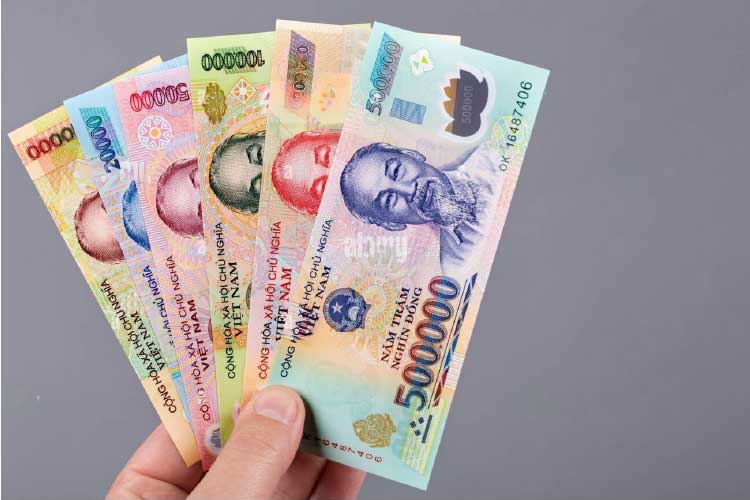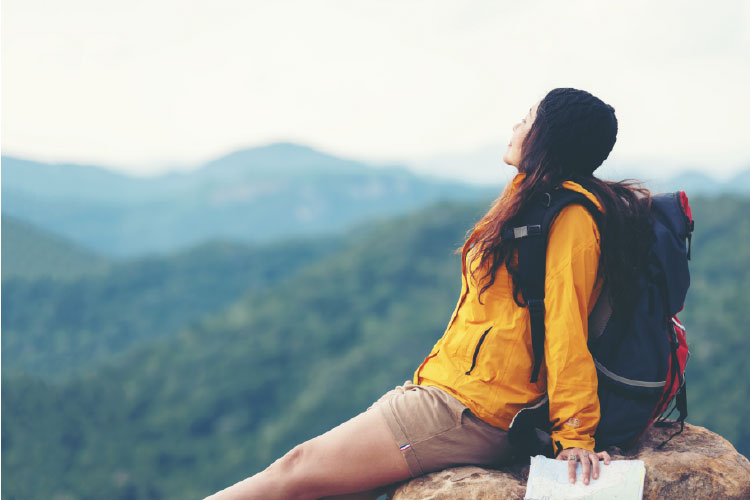Essential Tips for First-Time Travelers to Vietnam: A Comprehensive Guide
Planning your first Backpacking trip to Vietnam? With its rich culture, stunning landscapes, and vibrant cities, Vietnam is an adventure waiting to unfold. However, navigating this bustling country can be a bit overwhelming if you’re a first-timer. Here’s everything you need to know, from visa requirements to the best times to visit and how to get around.
1. Visa Requirements: Stay Ahead of the Paperwork
First things first—make sure you’re clear on Vietnam’s visa requirements. Depending on your nationality, you may be eligible for a visa exemption (valid for a limited number of days). Countries like Japan, South Korea, and some European countries enjoy short-stay exemptions. If you’re not exempt, you’ll need to apply for a visa. There are two main options:
- E-visa: Available for citizens of 80+ countries, valid for 30 days and applicable for single entry. You can apply online and receive your visa electronically, making the process quick and easy.
- Visa on Arrival (VOA): For longer stays, a VOA is a great option. You’ll need to pre-arrange an approval letter through a travel agency or visa service, and then collect the visa upon arrival at one of the international airports in Vietnam.
- For more information, check out our Visa for Vietnam blog post.
Pro Tip: Always check for the latest updates on visa policies, as they can change frequently.
2. Best Time to Visit Vietnam: When to Catch Vietnam at Its Finest
Vietnam’s climate varies significantly from north to south, so the best time to visit depends on where you’re going.
- North Vietnam (Hanoi, Ha Long Bay): The ideal time to visit is October to April, when the weather is cooler and drier. Avoid the summer months (June to August) due to heavy rainfall and potential flooding.
- Central Vietnam (Da Nang, Hoi An): The dry season runs from February to August, offering pleasant beach weather. The wet season, from September to January, brings heavy rain and occasional typhoons.
- South Vietnam (Ho Chi Minh City, Mekong Delta): It’s warm all year round, but the dry season (December to April) is the most comfortable time to visit.
Pro Tip: If you plan on traveling the entire country, March and April are the sweet spots for relatively good weather in all regions.
3. Navigating the Cities: How to Get Around
Vietnam’s cities are buzzing with energy, and getting around can be an adventure in itself. Here’s what you need to know:
- Motorbikes: In Vietnam, motorbikes rule the streets. You can rent one for around $5-$10 per day. Make sure to carry an international driver’s license and always wear a helmet.
- Grab: Vietnam’s version of Uber, Grab is the go-to for short rides in cities. It’s reliable, cheap, and available in most urban areas. You can choose between a motorbike or a car, depending on your preference.
- Buses and Trains: Vietnam’s bus system is extensive, with long-distance sleeper buses being a popular option for budget travelers. For a scenic alternative, train travel is slower but more comfortable and offers beautiful views.
- Cyclo: Want a more local experience? Try taking a cyclo (a bicycle-powered rickshaw) for a unique way to explore the old quarters of cities like Hanoi or Ho Chi Minh.
Pro Tip: Always negotiate fares in advance for taxis or cyclos to avoid overpaying.
4. Currency and Payments: Cash is King
Vietnam’s currency is the Vietnamese Dong (VND), and while credit cards are accepted in larger establishments, cash is preferred for most transactions. Make sure to carry enough cash for local markets, street food vendors, and transportation. ATMs are widespread, but it’s wise to withdraw enough for several days if you’re venturing into more remote areas.
Pro Tip: Familiarize yourself with the exchange rate and practice handling large amounts of cash, as it’s easy to get confused by the zeros on the banknotes.

5. Health and Safety: Stay Alert, Stay Healthy
Vietnam is generally safe for tourists, but it’s important to take precautions:
- Street food: Vietnamese street food is delicious, but make sure to eat from places with a high turnover of customers to ensure freshness.
- Water: Avoid tap water; stick to bottled water or use a filter if you’re staying long-term.
- Vaccinations: Make sure your routine vaccinations are up to date, and consider additional shots for Hepatitis A, Typhoid, and Malaria if you plan to visit rural areas.
- Travel Insurance: It’s a must for Vietnam. Make sure your insurance covers motorbike accidents, as many travelers rent bikes.
Pro Tip: The healthcare system in major cities is good, but rural areas may lack quality care. Keep basic medical supplies with you when traveling off the beaten path.
6. Cultural Etiquette: Respect Goes a Long Way
Understanding Vietnamese customs will enhance your experience. Some key points to remember:
- Greetings: A slight bow or nod is the most common greeting, though handshakes are becoming more popular, especially in business settings.
- Shoes Off Indoors: Always remove your shoes when entering someone’s home or a temple.
- Modest Clothing: Dress modestly when visiting temples or rural areas to show respect. Avoid overly revealing clothing.
Pro Tip: Learn a few Vietnamese phrases—locals will love it, and it can help you out in tricky situations. “Xin chào” (hello) and “Cảm ơn” (thank you) are great starters!
7. Must-Have Travel Apps
- Google Maps: Essential for navigating the chaotic streets of Vietnam.
- Google Translate: Not everyone speaks English, so having this on hand can save you.
- Vexere: Use this app to book bus tickets easily.
- Grab: Your go-to for hassle-free transport in cities.
Conclusion: Embrace the Adventure
Vietnam is an exciting mix of bustling cities, tranquil landscapes, and rich cultural experiences. Whether you’re cruising through the countryside on a motorbike or soaking in the history of ancient temples, Vietnam offers something for every traveler. With the right preparation and a sense of adventure, your trip to Vietnam will be nothing short of unforgettable!

